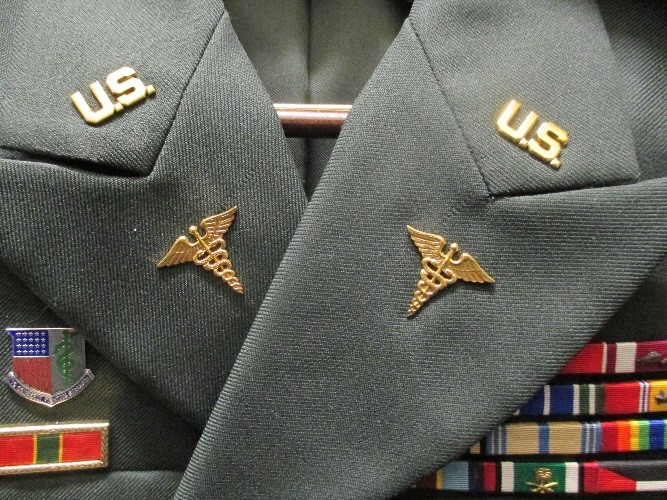Origins of the symbol of medicine
Click Here to Manage Email Alerts
In my April, What’s Your Diagnosis? column, I introduced some of you to the great Persian physician, Rhazes, known as the “Father of Pediatrics.” For this blog, I thought we would go back a bit closer to the beginning of recorded medicine and review the origin of the symbol of medicine: the Staff of Asclepius.
The line between historic fact and Greek Mythology appears to be blurred in the case of Asclepius. According to the writings of Homer, and supported by the National Library of Medicine, Asclepius was an actual person, who was the most notable physician in Greece during a time of approximately 1200 BC. The mythological Asclepius was the son of a mortal mother (Koronis) and the God, Apollo.
Because Koronis was unfaithful to Apollo, his twin sister, Artemis, killed her prior to the birth of Asclepius. However, Apollo rescued him from the body of Koronis as she burned on the funeral pyre. Apollo then turned the baby over to the centaur, Chiron, to raise and educate the child about medicine. He learned fast, but of course, there probably was not much to know in those days. I doubt Asclepius had to memorize the Krebs Cycle.
Anyway, his reputation became such that he inspired many followers (Asclepiads), who later claimed to be biological descendants, inheriting the same mystical powers of healing. History (mythology) subsequently transformed Asclepius into the God of Medicine, and Aesculapian temples were built as places of worship and healing centers, ie, the forerunners of hospitals. All depictions of Asclepius are shown with him holding a staff or rod with a snake wrapped around it.
The staff could serve as many things, from a walking stick to a weapon. The snake has deep roots in the healing arts, as they were used for their presumed medicinal powers. It has been written that some patients who came to the temple for help were required to sleep in a room with a non-poisonous snake in hopes that the spirit of Asclepius would appear in a dream to cure their ailment(s). Whatever the real story may be, adopting the symbol of a staff with a single serpent wrapped around it (Figure 1), is derived from Asclepius, and has stood the test of time as the true symbol of medicine in the minds of most academic medical historians.

Figure 1.

Figure 2.
The symbol originated by Asclepius is often confused with the Caduceus, which includes a similar staff or rod, with two snakes and wings, as shown in Figure 2.
This symbol also has roots in Greek mythology as the symbol of Mercury or a messenger. However, as a symbol, it had mystical powers to soothe the suffering of those dying. There is also a connection with Apollo, who gave a Caduceus to his step brother, Hermes, as a token of friendship.
This symbol has also been associated with trade and commerce. However, its use as a symbol of medicine is probably not technically appropriate, but has also stood the test of time, even if by mistake. Inappropriate as it might be, I wore this symbol every work day for more than 20 years, as this is the symbol used by the US Army Medical Corps, and is part of the uniform (Figure 3, my old Army jacket).

Figure 3.
Just like the improper use of language, it becomes proper and accepted over time. The word “Ain’t” was not in Webster’s Dictionary when I was in school.
Disclosure: Brien reports no relevant financial disclosures.
